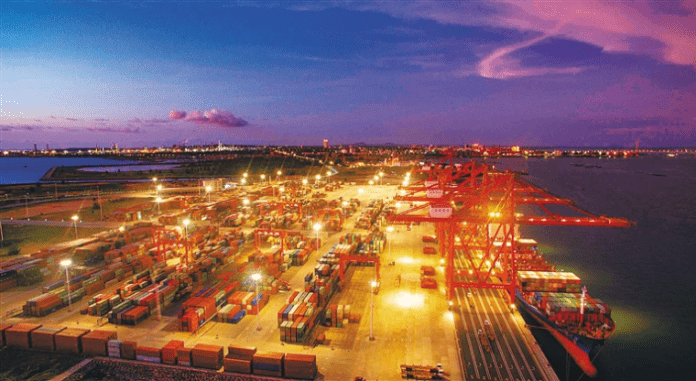China has enacted the Hainan Free Trade Port Law with immediate effect as part of its ongoing efforts to develop a globally influential free trade port in Hainan province.
The law was adopted on 10 June by the Standing Committee of the 13th National People’s Congress, China’s top legislature, providing the country a legal guarantee in pursuit of building a high-quality free trade port in Hainan island.
The central authorities released a master plan last June that set out a series of measures supporting the construction of the Hainan FTP. The new law will turn policy incentives into legislative reality, according to an announcement.
The law clarifies that the country is set to build a free trade port in the whole Hainan island and establish a free trade port policy and institutional system step-by-step to achieve free trade and investment facilities, free cross-border capital flows, free and convenient transportation and safe and orderly data flows.
Cui Weijie, deputy director of the Chinese Academy of International Trade and Economic Cooperation, said the new law marked China’s latest attempt to achieve the comprehensive rule of law, thus supporting the country’s plan to build a free trade port with the highest level of openness.
“The new law covers a wide range of high-level opening-up measures including zero tariffs, low tax rates, a simplified tax system as well as fostering business climate and facilitating free trade and investment,” noted Cui.
“The Hainan Free Trade Port Law will provide a fundamental legal framework to build the free trade port in an orderly manner. It will not only help build a law-based government administration with well-defined functions and duties, but also help better protect the legitimate rights and interests of foreign and private enterprises as well as stimulate the market vitality,” added Cui.
The Hainan FTP will play an important role in helping build dual-circulation development pattern, as it will serve as a key place to implement comprehensive deepening of reforms and test higher level of opening-up as well as an important gateway to the Pacific Ocean and Indian Ocean trading routes, according to Cui.
Tao Jin, deputy director of the macroeconomic research center of the Suning Institute of Finance noted, “Hainan FTP is set to be positioned as a ‘window’ of China’s further opening-up, a (key) engine for sustainable development and a pioneer in improving business environment.”
Tao cited a series of newly announced supportive policies, saying China has made considerable progress in creating a better business environment in the Hainan FTP, and the region has seen rapid development in terms of attracting funding and talent as well as a large number of newly established market entities.
According to Hainan’s Department of Commerce, during the first four months, 592 foreign-invested enterprises were newly established in the province, a 443.12% year-on-year growth, while actual utilised foreign capital reached US$674 million, increased by 432.72% year-on-year.
Looking forward, Tao said more efforts should be made to create an internationalised business environment, further expand market access and avoid funds being diverted out of the real economy in the building of the Hainan FTP.







